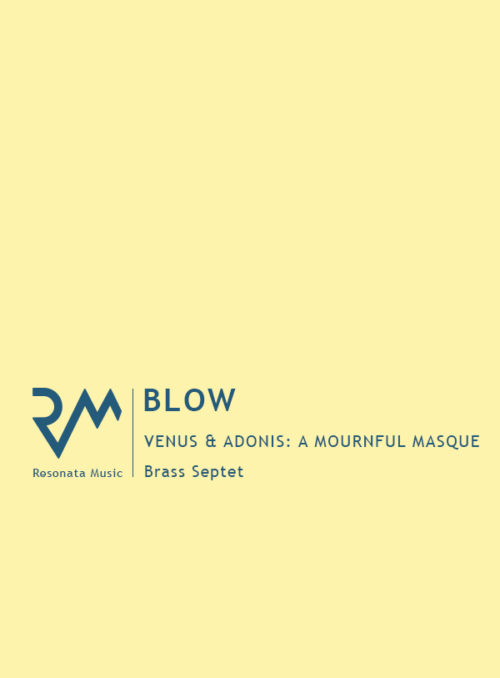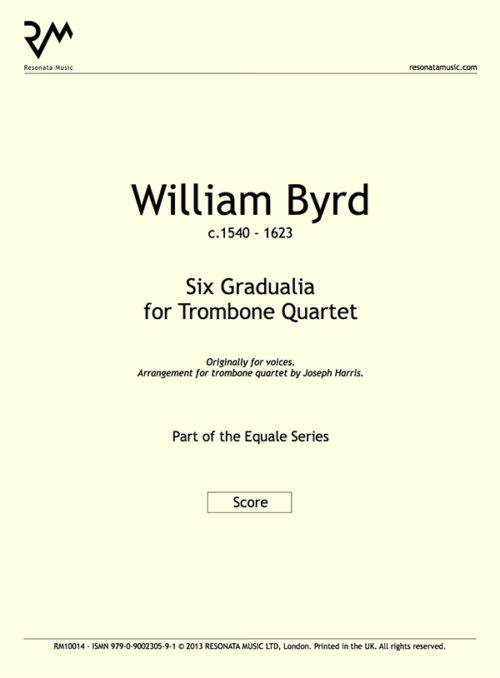Description
One work has, in the popular imagination at least, come to define Palestrina: his legendary Missa Papae Marcelli. Composed in honour of a Pope who reigned for just three weeks, Marcellus II, this piece is celebrated largely on account of the context in which it was written: namely, the Council of Trent. Lasting from 1545 to 1563, the Council was the embodiment of the counter-reformation, establishing the Catholic Church’s response to the rising tide of Protestantism. One of the issues discussed in the final session of the Council was the use of imitative polyphony in sacred music: a significant concern was that the overlapping lines of imitative counterpoint obscured the words of the mass, and the subsequent unintelligibility had a negative effect on the devotion of the listener. Around the same time, probably in 1562, Palestrina composed the Missa Papae Marcelli, which, contrary to his earlier style, was mostly set in a clear, declamatory fashion. A legend developed that the Cardinals, upon hearing this mass, were convinced that polyphony and intelligibility were not necessarily mutually exclusive. Palestrina was hailed as the saviour of Church music, and this story was sustained through the centuries, culminating in the Twentieth Century with Pfitzner’s romanticised version in his opera Palestrina.
Three movements from the mass are included here – the Kyrie, Gloria and Sanctus – and whether or not the legend is true, it is clear from these three that the clarity of the text was foremost in Palestrina’s mind. In the Kyrie Palestrina can afford to use lengthy melismatic imitative lines (a hallmark of his earlier style) because the text is so simple. The Gloria, by contrast, demonstrates the new declamatory style – more homophonic, with short phrases made distinct by continually changing combinations of voices. Finally, the Sanctus and Benedictus represent a skilful mixture of both styles with expressive imitative melismas for the longer syllables, and simple declamatory homophony as the text becomes more complex.
Matthew Knight
Parts included:
- Score
- Trumpet in E-flat
- Trumpet 1 in B-flat
- Trumpet 2 in B-flat
- Trombone 1
- Trombone 2
- Trombone 3 (Bass)
- Tuba
Purchasing this product entitles you to download it three times. You will receive an email with a link to download your files upon completing payment.











